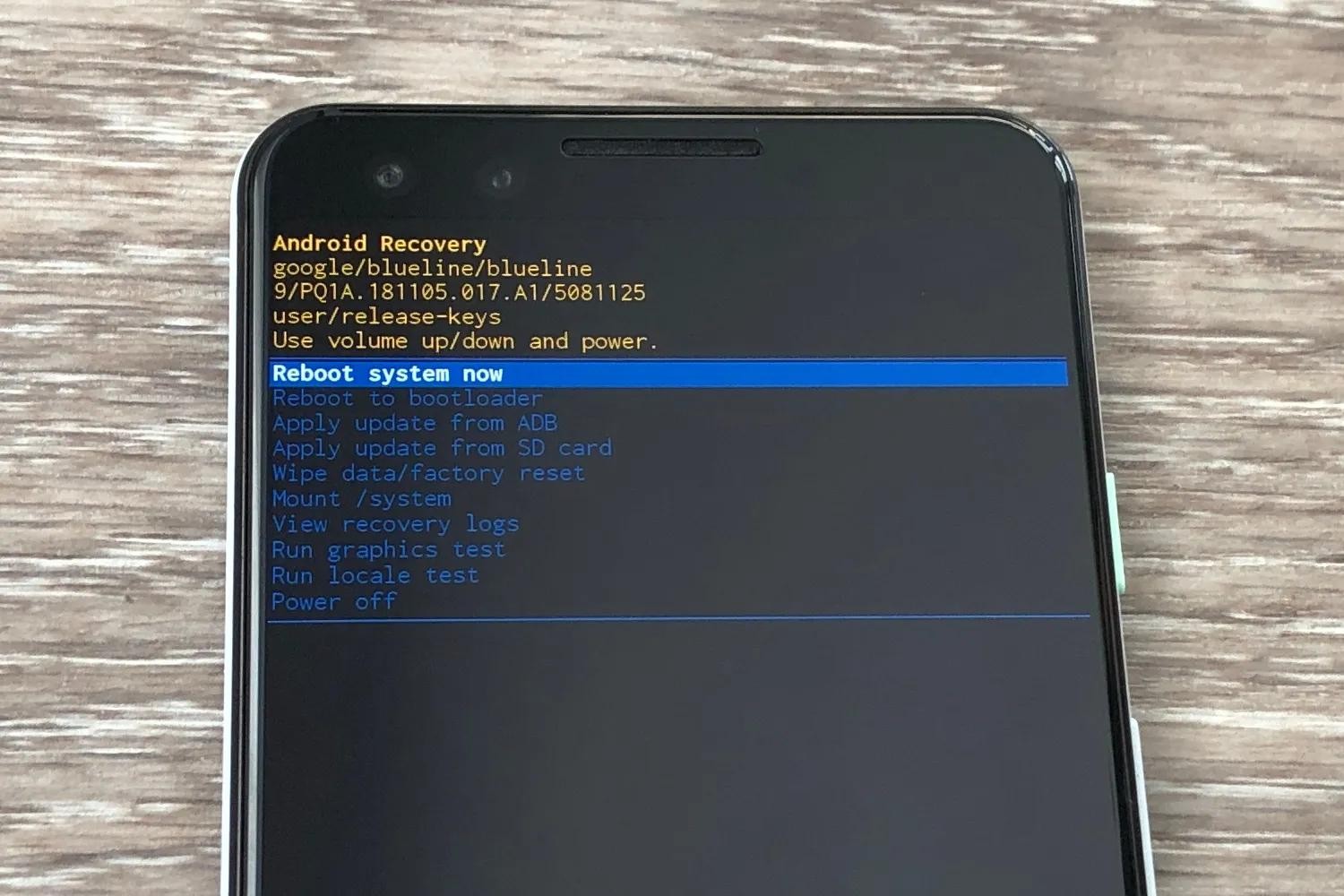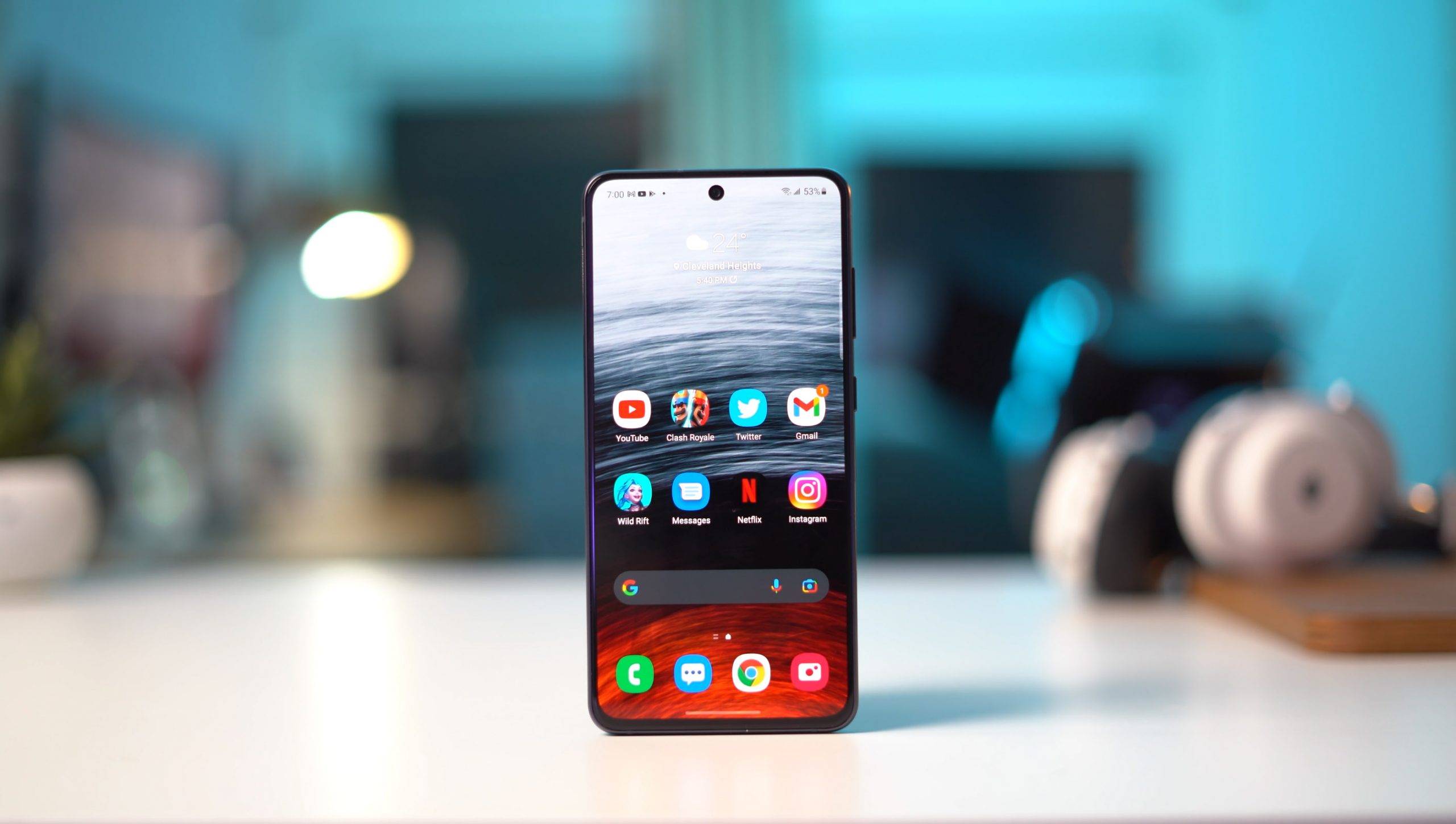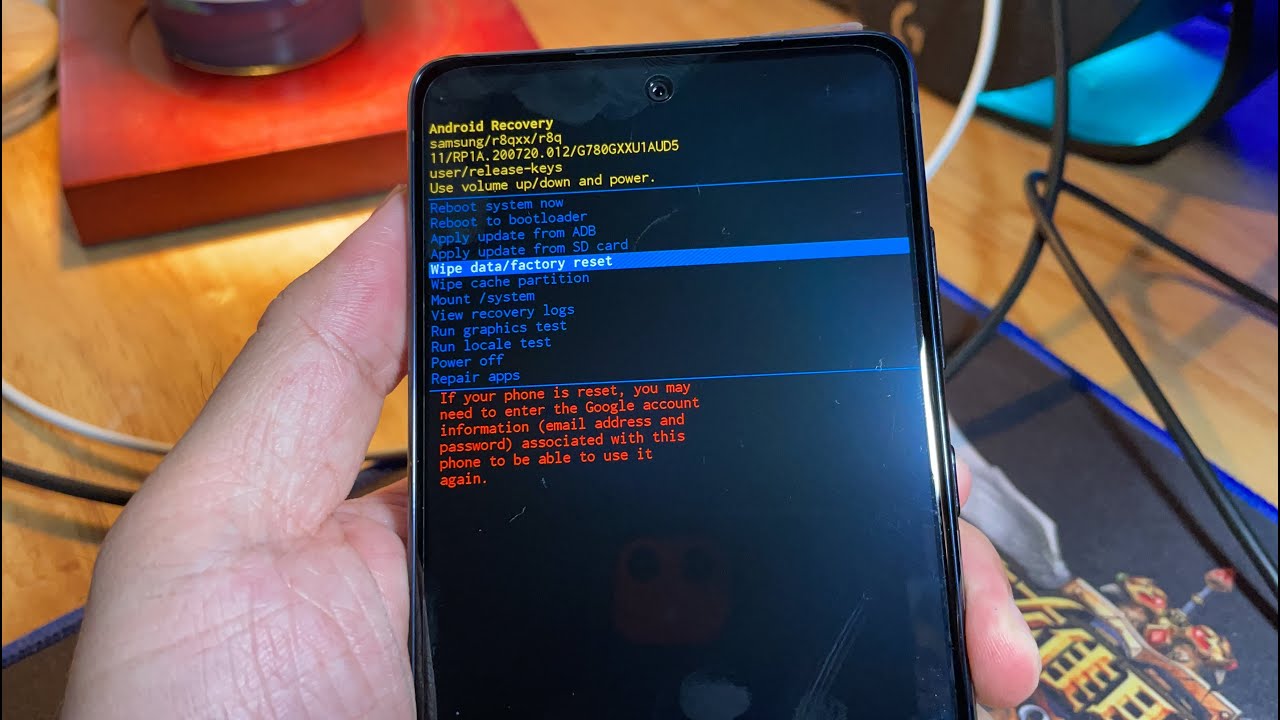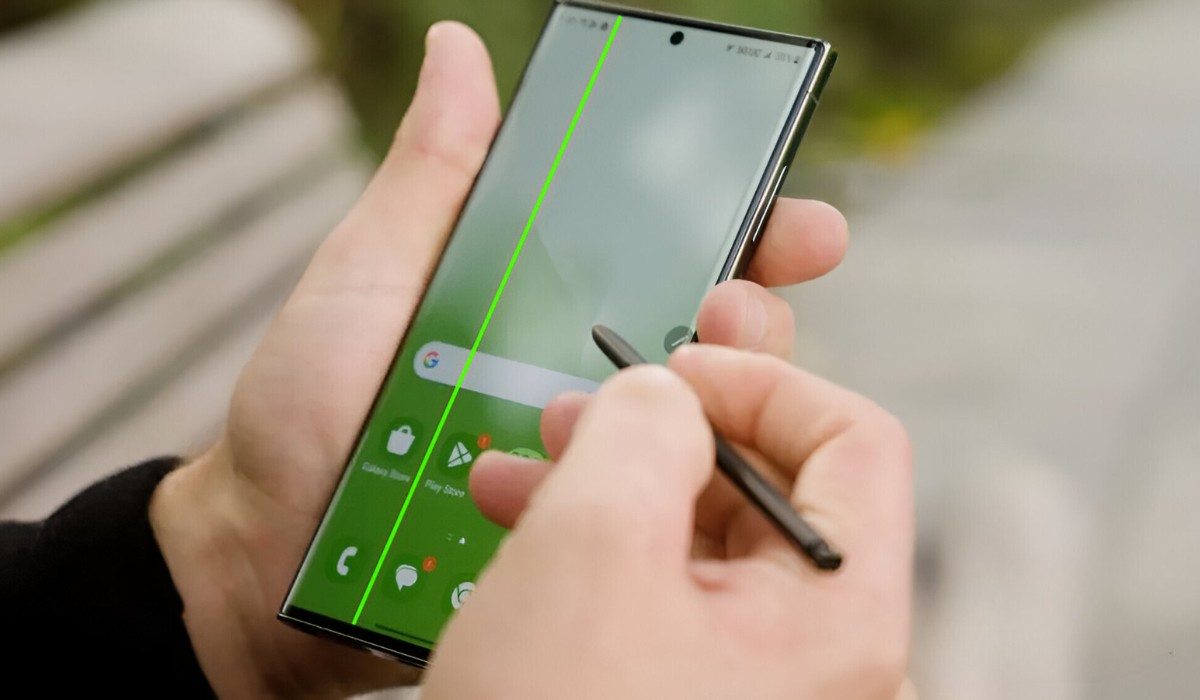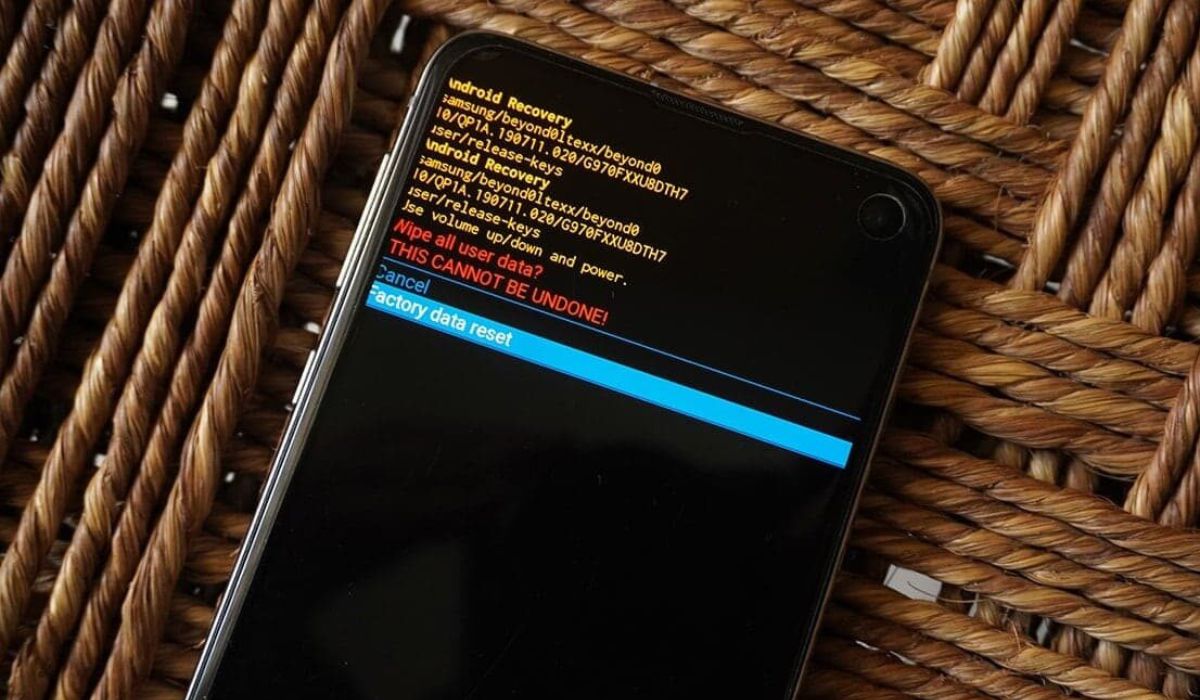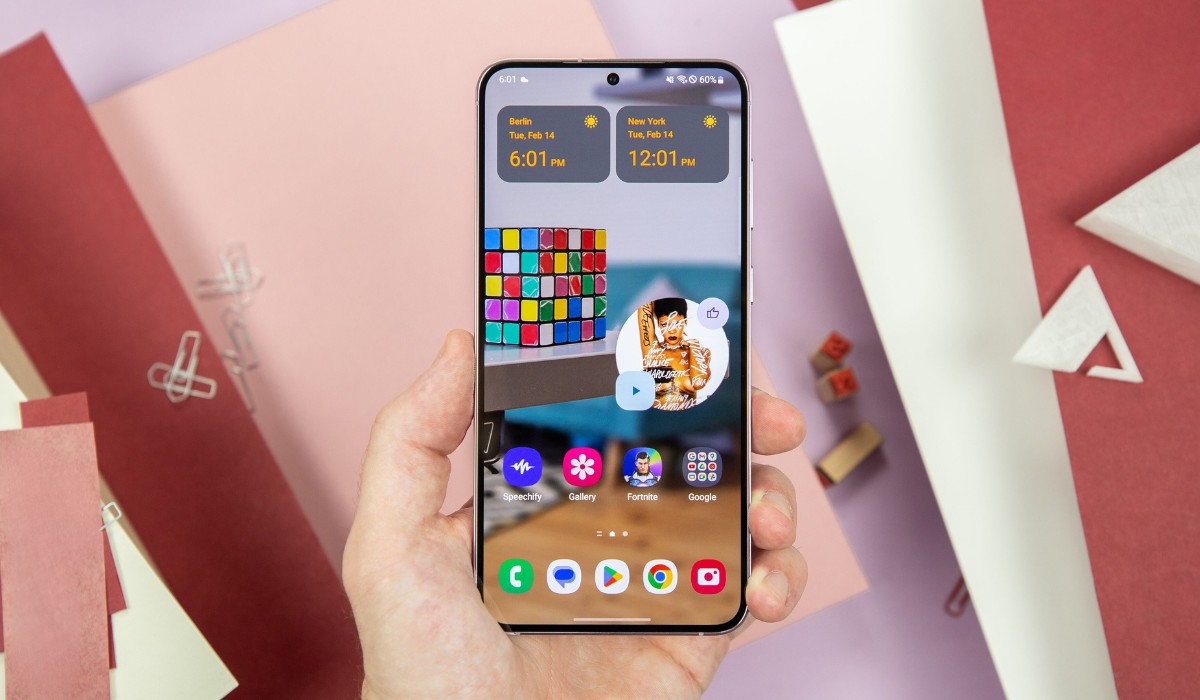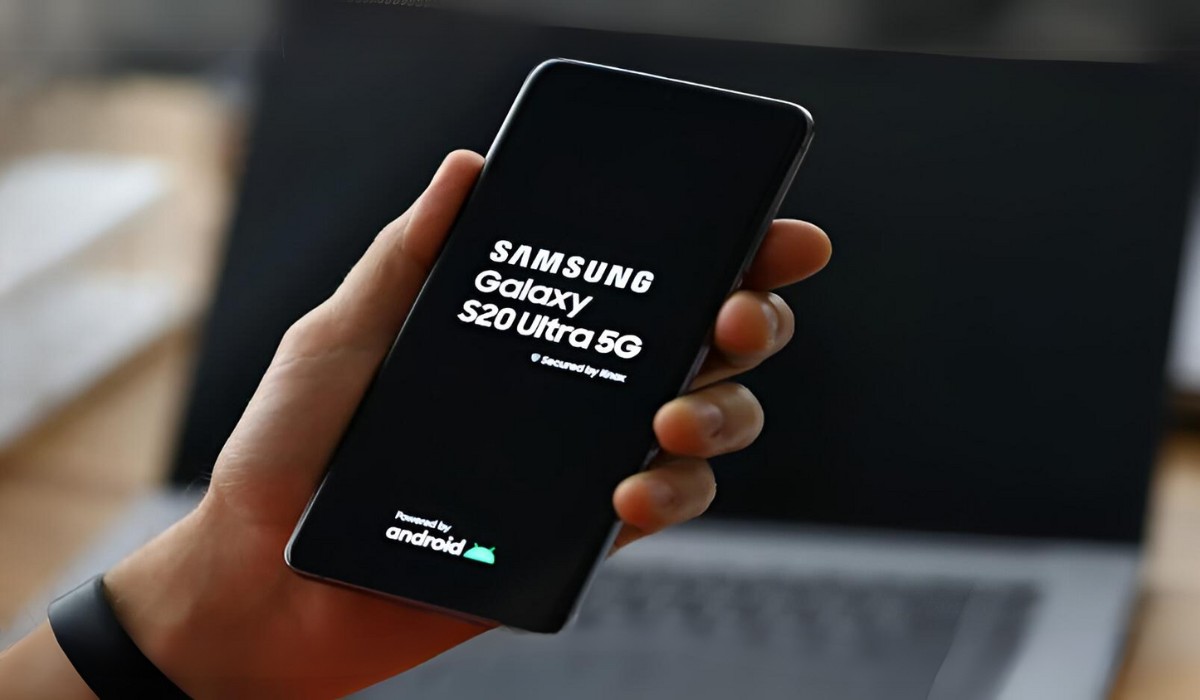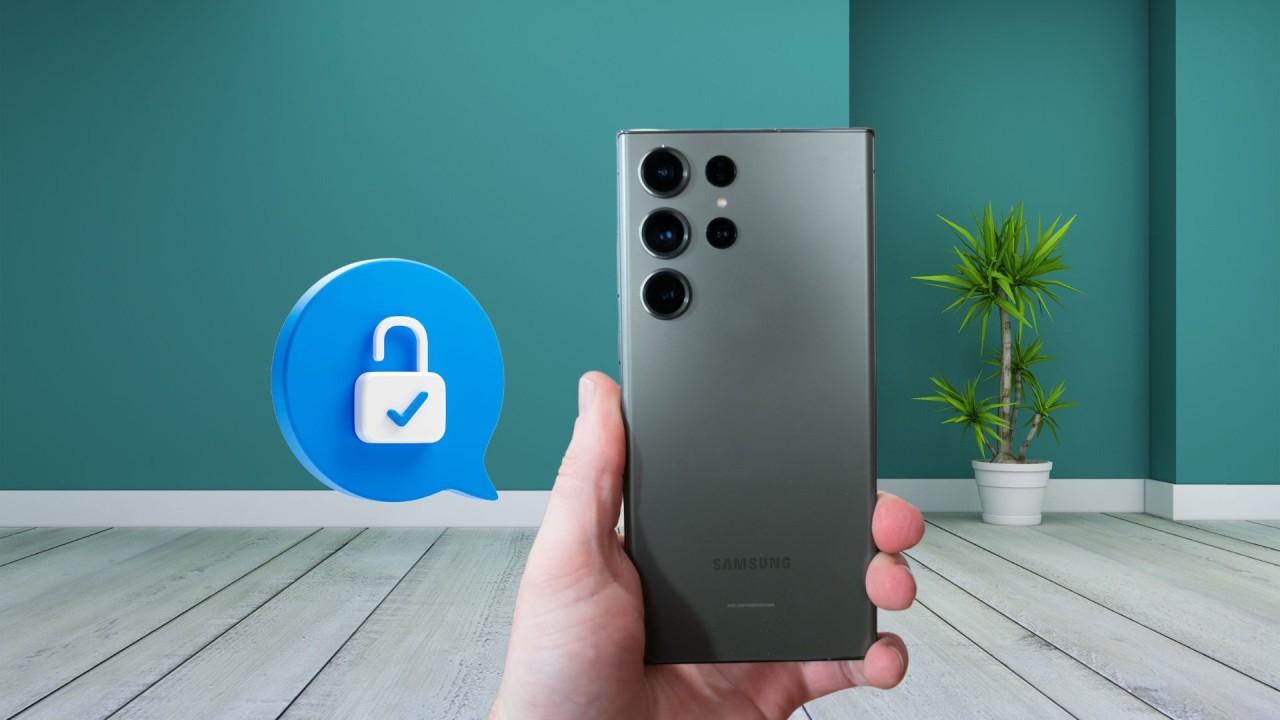Introduction
The Samsung S20 is a powerhouse of a smartphone, boasting cutting-edge features and a sleek design that has captivated tech enthusiasts and casual users alike. However, like any electronic device, the Samsung S20 may encounter issues that can hinder its performance. In such cases, a factory reset can be a valuable troubleshooting tool to restore the device to its original state.
In this comprehensive guide, we will delve into the intricacies of performing a factory reset on the Samsung S20. Whether you're experiencing persistent software glitches, sluggish performance, or simply want to erase all data before passing on the device, understanding the factory reset process is essential.
By the end of this guide, you will have a clear understanding of when and how to perform a factory reset on your Samsung S20, as well as the necessary precautions to safeguard your data. So, let's embark on this journey to unravel the mysteries of the factory reset and empower you to make informed decisions about your device's maintenance and performance.
What is a Factory Reset?
A factory reset, also known as a master reset, is a process that restores a device to its original manufacturer settings, effectively wiping out all user-installed apps, settings, and data. This procedure essentially reverts the device to the state it was in when it first left the factory, hence the name "factory reset."
When a factory reset is performed on a Samsung S20, all personal data, including contacts, photos, videos, and app data, is erased from the device's internal storage. Additionally, any customized settings or configurations made by the user are reset to their default values. It's important to note that a factory reset does not affect the device's operating system, so the software version remains unchanged.
This process can be likened to a fresh start for the device, as it eliminates any software issues or conflicts that may have arisen over time. By erasing all user data and settings, a factory reset can effectively resolve persistent software glitches, performance issues, and other software-related problems that may be impacting the device's functionality.
It's crucial to understand that a factory reset is a drastic measure and should be approached with caution. Before initiating a factory reset, it's advisable to back up important data to prevent irreversible loss. Additionally, it's essential to be aware that a factory reset cannot undo the unlocking of the device's bootloader or the rooting process, as these modifications are at a deeper level than the standard factory reset.
In essence, a factory reset is a powerful tool for troubleshooting software-related issues and restoring a device to its original state. However, it should be undertaken with careful consideration of its implications and the necessary preparations to safeguard valuable data.
When to Perform a Factory Reset on Samsung S20
Performing a factory reset on your Samsung S20 is a significant decision that should be made after careful consideration of the device's performance and any persistent issues you may be experiencing. While a factory reset can effectively resolve software-related problems, it's essential to understand the specific scenarios in which it may be warranted.
Persistent Software Glitches
If your Samsung S20 is plagued by persistent software glitches, such as app crashes, unresponsive interfaces, or erratic behavior, a factory reset can serve as a powerful troubleshooting tool. Over time, the accumulation of temporary files, conflicting app data, and software conflicts can lead to performance issues that impact the device's usability. By performing a factory reset, you can effectively eliminate these software-related glitches and restore the device to a clean state, potentially resolving the underlying issues.
Sluggish Performance
As smartphones age, it's not uncommon for them to exhibit signs of sluggish performance, including slow app launches, delayed responsiveness, and overall system lag. If your Samsung S20 has become noticeably sluggish despite routine maintenance and optimization efforts, a factory reset can provide a fresh start for the device. By wiping out unnecessary data and resetting system settings, a factory reset can rejuvenate the device's performance, offering a smoother and more responsive user experience.
Device Handover or Resale
Before handing over your Samsung S20 to another user or preparing it for resale, performing a factory reset is crucial to safeguard your personal data and ensure a clean slate for the new owner. This process ensures that all personal information, accounts, and apps are removed from the device, protecting your privacy and preventing unauthorized access to sensitive data. Additionally, a factory reset prepares the device for a seamless transition to its new user, allowing them to set it up according to their preferences without any residual data from the previous owner.
Major Software Updates
In some cases, major software updates or migrations to a new operating system version can lead to compatibility issues, system instability, or unexpected behavior on the Samsung S20. If you encounter persistent issues following a major software update, a factory reset can help mitigate these problems by clearing out any residual data or conflicts from the previous software version. This can provide a clean slate for the updated software to function optimally, potentially resolving compatibility issues and improving overall system stability.
By recognizing these scenarios and understanding the potential benefits of a factory reset, you can make informed decisions about the maintenance and performance of your Samsung S20. Whether it's addressing persistent software glitches, revitalizing sluggish performance, preparing the device for a new user, or optimizing the impact of major software updates, a factory reset can be a valuable tool in maintaining the functionality and usability of your device.
Backing Up Your Data
Before embarking on the process of performing a factory reset on your Samsung S20, it is imperative to prioritize the safety and preservation of your valuable data. A factory reset entails the complete erasure of all user-installed apps, settings, and personal data from the device's internal storage. Therefore, backing up your data is a critical step to ensure that important information such as contacts, photos, videos, documents, and app data is securely preserved before initiating the reset.
Built-in Backup Options
Samsung S20 offers built-in features that facilitate the seamless backup of your data to safeguard it against loss during a factory reset. One such feature is Samsung Cloud, a cloud storage service that enables users to back up a wide range of data, including contacts, calendar events, notes, photos, videos, and app data. By utilizing Samsung Cloud, you can ensure that your essential data is securely stored in the cloud, ready to be restored after the factory reset.
Additionally, Samsung S20 users can leverage the device's built-in backup and restore functionality to create a comprehensive backup of their settings, app data, and system preferences. This feature allows users to back up their data to the device's internal storage or an external SD card, providing flexibility in safeguarding their information.
Third-Party Backup Solutions
In addition to the built-in backup options, users can explore third-party backup solutions available on the Google Play Store to further enhance their data protection measures. These solutions offer advanced backup capabilities, allowing users to create secure backups of their entire device, individual apps, and specific data sets. By leveraging third-party backup solutions, users can customize their backup preferences and ensure the comprehensive preservation of their data before initiating a factory reset.
Manual Data Backup
For users who prefer a hands-on approach to data backup, manually transferring important files, photos, videos, and documents to an external storage device or a computer can provide an additional layer of data protection. This method allows users to selectively back up specific files and folders, ensuring that no valuable data is overlooked during the backup process.
Data Synchronization
Furthermore, syncing your Samsung S20 with your Google account or other cloud-based services such as Dropbox or OneDrive can serve as an effective method of preserving your data. By enabling data synchronization for contacts, calendar events, and other essential information, you can ensure that your data is securely stored in the cloud and readily accessible after the factory reset.
By diligently backing up your data using the aforementioned methods, you can mitigate the risk of data loss and confidently proceed with the factory reset process. This proactive approach to data preservation empowers you to safeguard your valuable information and seamlessly restore it to your Samsung S20 once the factory reset is complete.
Performing a Factory Reset on Samsung S20
Performing a factory reset on your Samsung S20 involves a series of deliberate steps to ensure the complete restoration of the device to its original manufacturer settings. Before initiating the factory reset process, it's crucial to understand that all user-installed apps, settings, and personal data will be permanently erased from the device's internal storage. Therefore, it's imperative to have a comprehensive backup of your data to prevent irreversible loss.
To initiate the factory reset on your Samsung S20, follow these step-by-step instructions:
-
Backup Your Data: As mentioned earlier, backing up your data is a critical preparatory step before performing a factory reset. Ensure that your contacts, photos, videos, documents, and app data are securely backed up using built-in backup options, third-party backup solutions, or manual data transfer methods.
-
Access the Settings Menu: Begin by accessing the Settings menu on your Samsung S20. This can typically be done by tapping the gear-shaped Settings icon in the app drawer or by swiping down from the top of the screen and tapping the gear icon in the top-right corner of the notification panel.
-
Navigate to General Management: Within the Settings menu, locate and tap on "General Management." This section houses essential device management options, including the factory reset feature.
-
Select Reset: Under the General Management menu, tap on "Reset" to access the reset options for your Samsung S20. This will present you with various reset-related functions, including the factory reset option.
-
Initiate Factory Data Reset: Within the Reset menu, tap on "Factory data reset" to proceed with the factory reset process. You may be prompted to enter your device's PIN, pattern, or password to confirm your identity and authorize the reset.
-
Review and Confirm: Before finalizing the factory reset, carefully review the information presented on the screen to ensure that you understand the implications of the reset. Once you are ready to proceed, confirm your decision to initiate the factory reset.
-
Wait for the Reset to Complete: The factory reset process may take several minutes to complete, during which the device will erase all user data and restore the original manufacturer settings. It's essential to allow the device ample time to complete the reset without interruption.
-
Set Up Your Device: Once the factory reset is complete, your Samsung S20 will reboot and present you with the initial setup screen. Follow the on-screen instructions to configure your device, including language preferences, Wi-Fi setup, and Google account sign-in.
By following these step-by-step instructions, you can confidently perform a factory reset on your Samsung S20, effectively restoring the device to its original state. It's important to approach the factory reset process with caution and ensure that you have backed up your data to prevent any unintended loss. After completing the factory reset, your Samsung S20 will be ready for a fresh start, free from the software-related issues that may have previously impacted its performance.
After the Factory Reset
After successfully performing a factory reset on your Samsung S20, it's essential to take certain post-reset actions to ensure a seamless transition and optimal functionality of the device. Here's what you should consider after completing the factory reset:
Data Restoration
Following the factory reset, you can begin the process of restoring your backed-up data to your Samsung S20. If you utilized Samsung Cloud or other backup solutions, you can access your stored data and selectively restore contacts, photos, videos, app data, and other essential information to the device. This step is crucial in re-establishing your personalized content and ensuring that your device reflects your preferences and usage patterns.
App Installation and Configuration
With the device reset to its original state, you will need to reinstall and configure your preferred apps from the Google Play Store or other app repositories. Take this opportunity to evaluate your app usage and selectively install the apps that are essential to your daily activities. Additionally, configuring app settings and preferences to align with your usage habits can enhance the overall user experience after the factory reset.
System Updates and Optimization
After a factory reset, it's advisable to check for and install any available system updates for your Samsung S20. These updates may include security patches, bug fixes, and performance enhancements that contribute to the device's stability and security. Furthermore, optimizing the device's settings, such as display preferences, battery management, and security features, can help tailor the device to your specific needs and usage patterns.
Data Security and Privacy
As you restore your data and configure the device post-reset, it's important to prioritize data security and privacy. Review your security settings, including screen lock options, biometric authentication, and app permissions, to ensure that your data remains secure. Additionally, revisiting your privacy settings and account permissions can help you maintain control over your personal information and enhance the overall security posture of your Samsung S20.
Performance Evaluation
Following the factory reset and subsequent setup, take the opportunity to evaluate the performance of your Samsung S20. Assess the device's responsiveness, app launch times, and overall system stability to gauge the impact of the factory reset on its performance. By identifying any lingering issues or improvements in performance, you can make informed decisions about further optimizations or troubleshooting steps.
By addressing these post-reset considerations, you can effectively navigate the aftermath of the factory reset and optimize the functionality of your Samsung S20. This proactive approach empowers you to tailor the device to your preferences, safeguard your data, and maintain a secure and efficient user experience.







